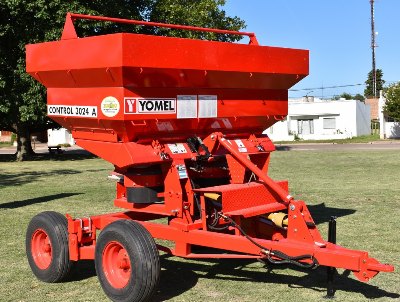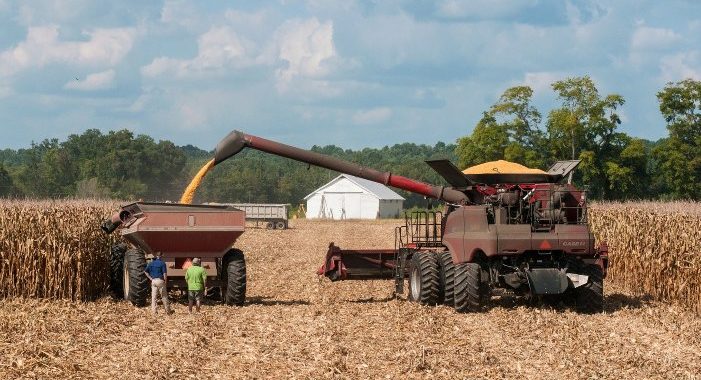The Importance of CNC Milling Machine Precision
Machined parts are essential for many industries, from automotive to aerospace. These parts must meet precise specifications. Otherwise, they may not work correctly. This is why cnc milling machine precision is crucial for these projects.
Bates Machine & Mfg. in Farmersville, Texas CNC machines use software programs to fabricate products according to strict guidelines. This helps cut down material waste, energy consumption, and recurring operational costs.
Accuracy
A CNC machine’s accuracy refers to its ability to produce parts within specific dimensions and geometric tolerance specifications. It’s also  referred to as the degree of conformity. To illustrate, if a CNC machining service provider claims their equipment is highly accurate, it means they’ll cut a metal piece exactly as specified.
referred to as the degree of conformity. To illustrate, if a CNC machining service provider claims their equipment is highly accurate, it means they’ll cut a metal piece exactly as specified.
To achieve the desired level of accuracy and precision in the final machined product, CNC machines must have high-quality primary and secondary components. These include the core, axes, and tools and attachments. Each of these has a unique role in the overall machining process. For example, the work table and T-slots ensure results of high quality by providing a stable platform for materials during machining. They also help secure the pieces in place for precise milling. Similarly, the feedback and control systems improve performance and precision by providing a continuous feed during cutting operations. This minimizes errors and reduces waste. This, in turn, improves efficiency and cost efficiency.
Speed
Unlike traditional metalworking, which requires workers to be in close proximity to the machine, CNC milling machines are computer-controlled. This improves safety and reduces the likelihood of human error. Additionally, these machines can be used to produce highly precise measurements.
The speed of a CNC milling machine depends on the material and machining task. For instance, thicker materials require a slower speed than thinner ones. In addition, the speed also varies depending on the size of the cutting tool and how many revolutions it makes in one minute.
In addition to adjusting the milling head speed, machinists can also set the feed rate and plunge rate of the machine. The feed rate is the distance that the cutting tool travels during a single spindle revolution, and it is usually measured in inches or millimeters per minute. The plunge rate, on the other hand, is the amount of material that the cutting tool removes with each plunge.
Flexibility
The flexibility of a CNC milling machine allows it to create parts with precise measurements. This versatility makes it an indispensable tool for manufacturing a wide range of products. The machine can also save prototype designs, which can help manufacturers maintain consistency in their production process. This feature is particularly useful for large scale production.
The frame and base of a CNC milling machine are designed to provide support for the workpiece during cutting operations. These components are typically made from rigid materials like cast iron or steel. They also protect the machine from accidental damage and keep the cutting tool in place during operation.
Once the machine is set up, it can begin milling the workpiece. This process is monitored by the computer to ensure accuracy and precision. The machine may also require calibration to ensure it is operating correctly. This is a meticulous process that should be conducted by an experienced technician. Errors in this step can cause inaccuracies in the finished product, damage to the machine, or safety hazards.
Cost
Using a cnc milling machine to achieve precise measurements is not cheap. It requires specialized tools, software, and the expertise of trained professionals. Moreover, the cost of the materials used also contributes to the overall cost.
The machining process begins with the creation of a 3D engineering model containing dimensions, tolerances, and features. This is usually done in computer software enabled for CAD and Design for Manufacture (DFM).
After the design is approved, it is converted into a CNC machining program that dictates the movement of the cutting tool. This allows the machine to create the required shape. This method also offers the ability to perform multiple operations in one pass, thereby saving time and labor costs. In addition, it is possible to create deep pockets without the need for a separate operation. This helps to reduce the risk of rework and improve part quality. However, deep pockets can lead to faster tool wear and breakage, which increases the overall cost of the machining process.
